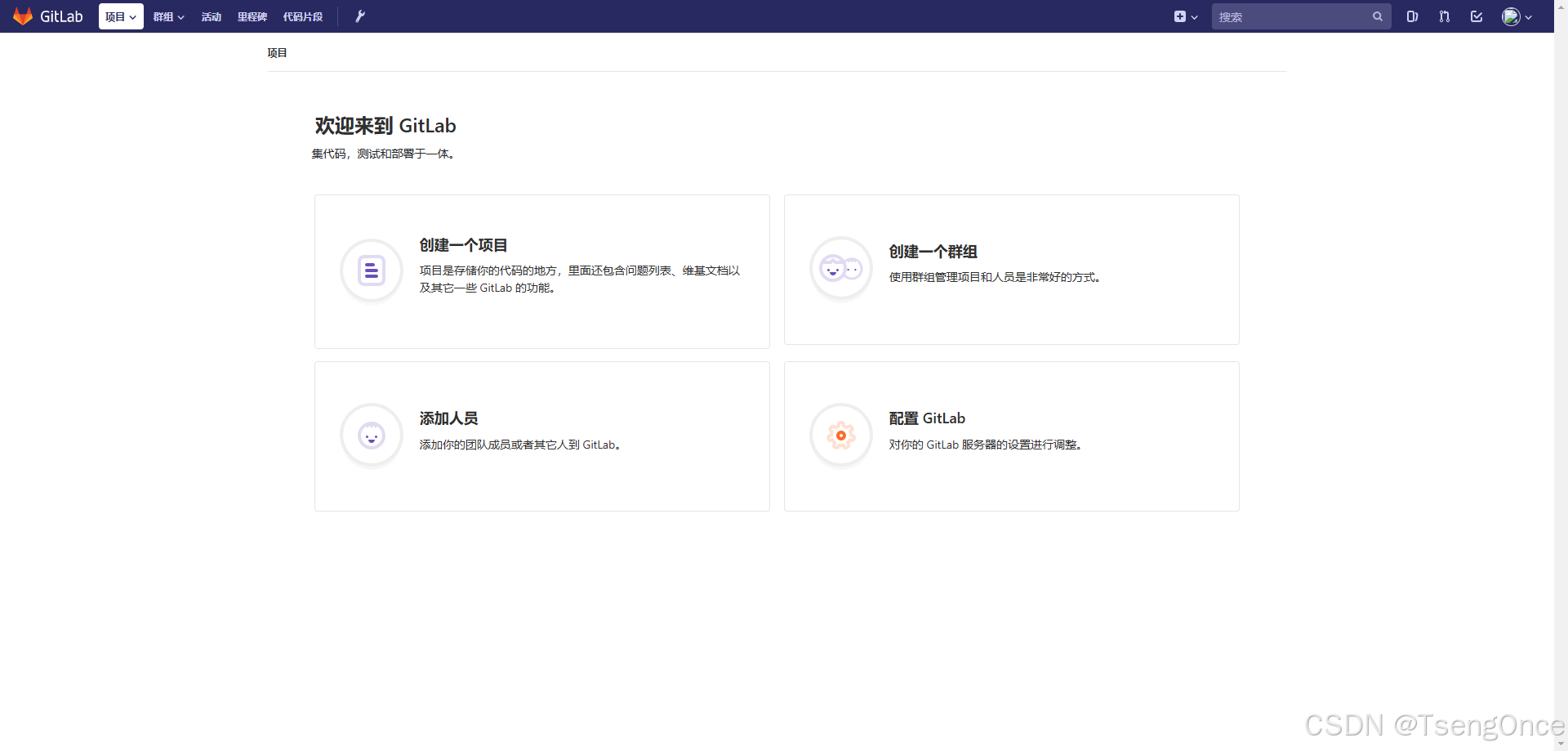正视自己的懦弱和无能,克服自己的嫉妒与不甘
—— 24.12.3
234. 回文链表
给你一个单链表的头节点
head,请你判断该链表是否为回文链表
。如果是,返回
true;否则,返回false。示例 1:
输入:head = [1,2,2,1] 输出:true示例 2:
输入:head = [1,2] 输出:false提示:
- 链表中节点数目在范围
[1, 105]内0 <= Node.val <= 9进阶:你能否用
O(n)时间复杂度和O(1)空间复杂度解决此题?
方法一 存入数组双指针
如果单纯的在数组中判断回文数,我们只需定义两个指针,指针1指向数组头结点的位置,指针2指向数组中最后一个元素的位置,遍历迭代指针1和指针2,首先遍历一遍链表,将链表的节点都存入数组中,回文数的定义是从前到后和从后向前占总长度各一半,并且元素值按序相同,所以我们进行遍历迭代指针1和指针2,如果发现二者不相等,则返回false,证明该链表不是回文链表,直到遍历完一遍,中途没有停止返回false,则该链表为回文链表
Java实现
/*** Definition for singly-linked list.* public class ListNode {* int val;* ListNode next;* ListNode() {}* ListNode(int val) { this.val = val; }* ListNode(int val, ListNode next) { this.val = val; this.next = next; }* }*/
class Solution {public boolean isPalindrome(ListNode head) {List<Integer> arr = new ArrayList<Integer>();ListNode pre = head;while(pre != null){arr.add(pre.val);pre = pre.next;}int front = 0;int back = arr.size() - 1;while(front < back){if(!arr.get(front).equals(arr.get(back))){return false;}front++;back--;}return true;}
}
Python实现
# Definition for singly-linked list.
# class ListNode:
# def __init__(self, val=0, next=None):
# self.val = val
# self.next = next
class Solution:def isPalindrome(self, head: Optional[ListNode]) -> bool:arr = []while head is not None:arr.append(head.val)head = head.nextreturn arr == arr[::-1]




















